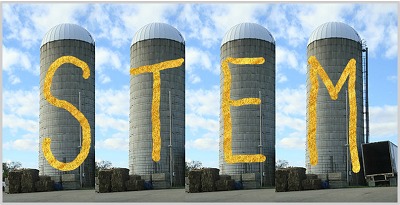As we approach 2025, the trend towards interdisciplinary STEAM (Science, Technology, Engineering, Arts, and Mathematics) education is set to revolutionize lesson planning. This approach breaks down traditional subject silos, encouraging teachers to create lessons that integrate multiple disciplines for a more holistic learning experience.
In 2025, lesson plans will increasingly revolve around complex, real-world problems that require knowledge and skills from various subjects to solve. For instance, a lesson might challenge students to design a sustainable city, incorporating elements of environmental science, urban planning, architecture, mathematics, and even social studies.
Teachers will need to collaborate across departments to create these interdisciplinary lessons. Planning will involve identifying overlapping concepts and skills across subjects and finding creative ways to teach them in an integrated manner. This might involve co-teaching or coordinating lessons across different classes.
Technology will play a crucial role in facilitating STEAM lessons. Teachers will incorporate coding, 3D printing, robotics, and other emerging technologies into their lesson plans. For example, a lesson on ancient civilizations might involve students coding a game that simulates historical events, combining history, technology, and game design.
Arts integration will be a key component of STEAM lesson planning. Teachers will look for ways to incorporate visual arts, music, drama, and other creative disciplines into science and math lessons. This might involve using music to teach mathematical concepts like fractions, or creating artistic visualizations of scientific processes.
Assessment in STEAM lessons will need to be multifaceted, evaluating not just subject-specific knowledge but also creativity, problem-solving skills, and the ability to make connections across disciplines. Teachers will plan for project-based assessments that allow students to demonstrate their integrated understanding.
One challenge in planning STEAM lessons will be ensuring that all required curriculum standards are met within this integrated approach. Teachers will need to carefully map lessons to learning objectives across multiple subjects and may need to supplement with targeted instruction in specific areas.
Professional development for teachers will increasingly focus on STEAM integration techniques and tools. This might involve workshops on design thinking, training in new technologies, and strategies for cross-disciplinary collaboration.
Lesson planning will also need to account for the development of ‘21st-century skills’ such as critical thinking, creativity, communication, and collaboration. STEAM projects naturally lend themselves to fostering these skills, but teachers will need to plan explicitly for how to nurture and assess them.
As we move towards 2025, the STEAM approach in lesson planning represents a shift towards more relevant, engaging, and holistic education. By breaking down subject silos and encouraging students to apply knowledge across disciplines, this trend promises to better prepare students for the complex, interdisciplinary challenges they’ll face in their future careers and lives.





